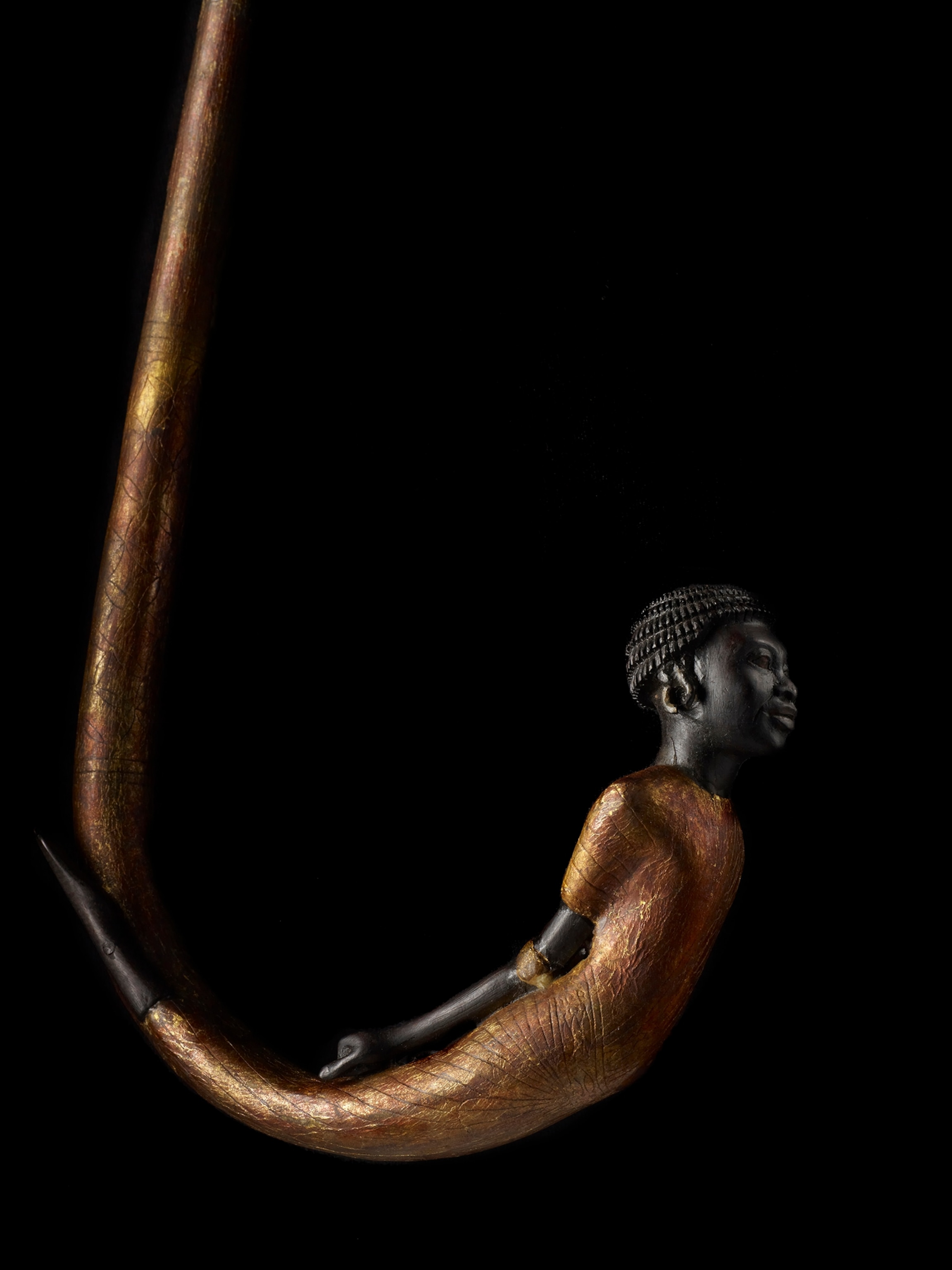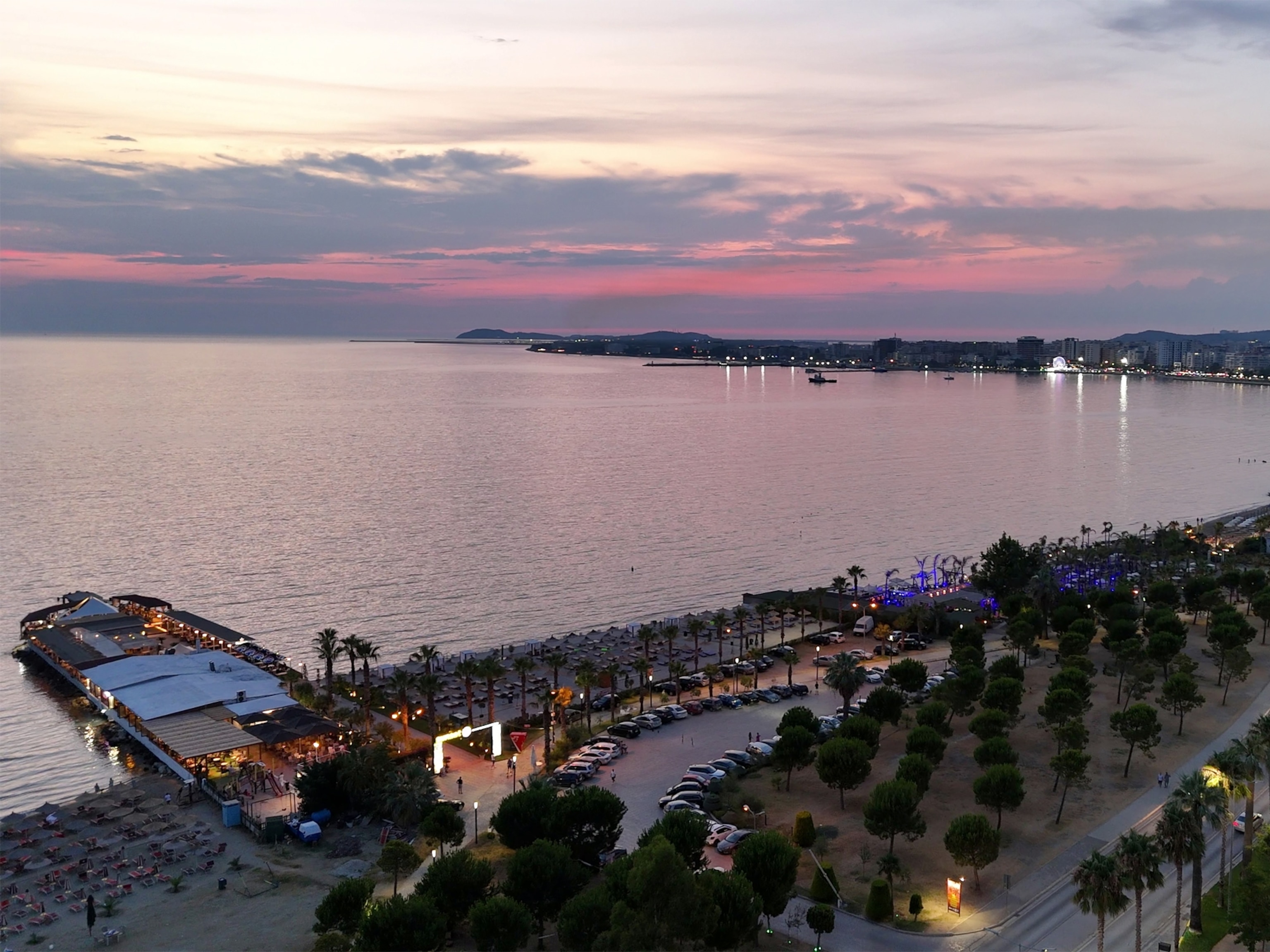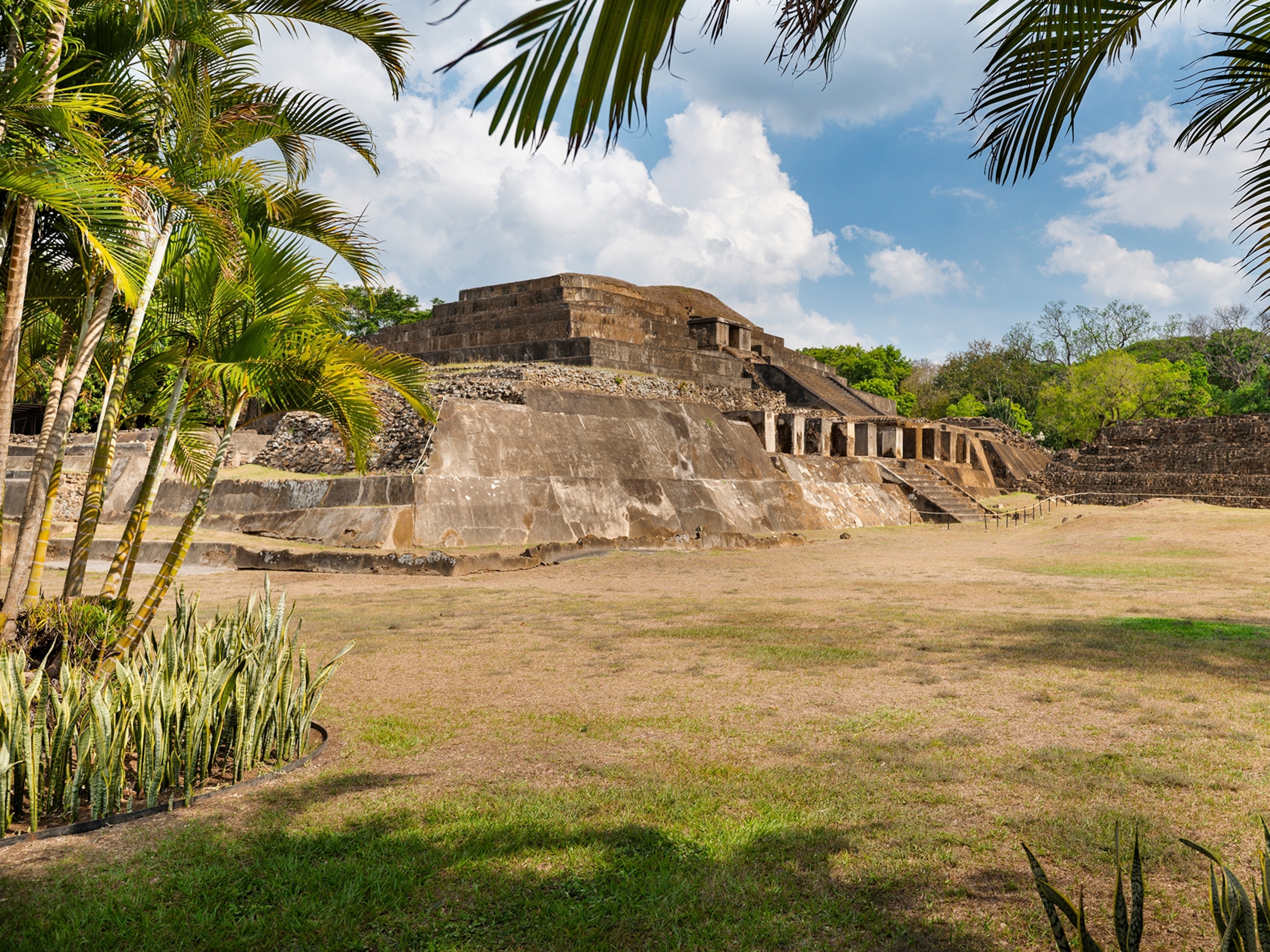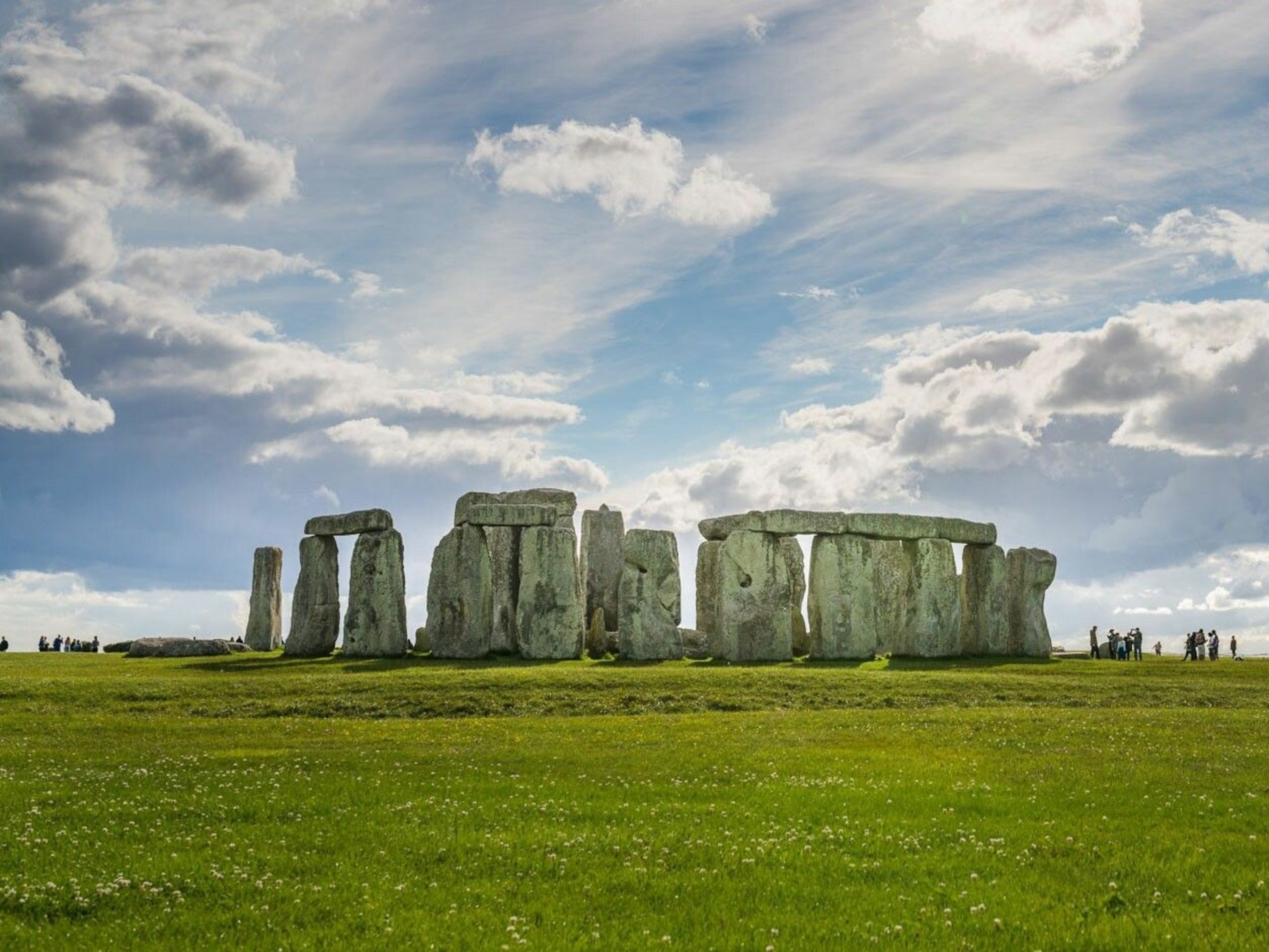
Step into history at these stunning archaeological sites
A Nat Geo “space archaeologist” shares amazing sites to see in India, Alabama, Italy, and Egypt.
Sarah Parcak takes archaeology out of this world—to some 400 miles above Earth. The National Geographic explorer and winner of the 2016 TED Prize scours satellite images, from drone data to declassified Cold War-era spy photographs, in search of subtle ground differences that can indicate buried treasures such as individual tombs or entire cities. In her new book, Archaeology from Space, she reveals her findings across five continents. Citizen scientists can lend an eye to her efforts by scanning images on globalxplorer.org. (Discover how to join the citizen scientists reviewing satellite photos.) Here she shares four of her favorite sites to see from the ground.
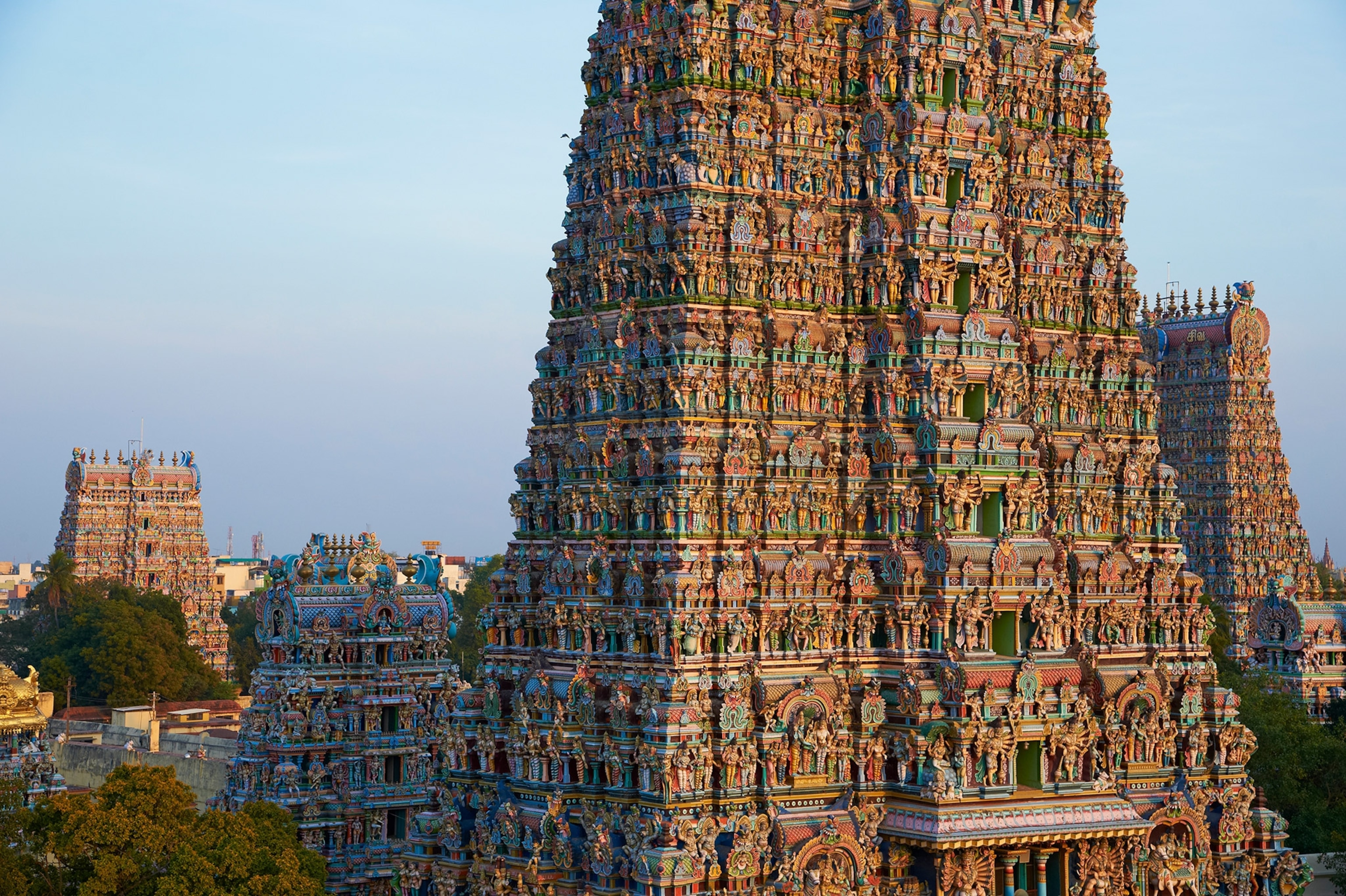
India
Immerse yourself in Hindu culture among the thousands of temples that dot the state of Tamil Nadu, on the southern tip of the subcontinent. “Visit in August, during monsoon season, for a great sense of temple ritual,” Parcak says. Anchor your tour with a visit to Madurai’s Meenakshi Amman Temple, with its ornate facade of painted statues depicting animals, deities, and demons.
Trip tips: Experience Meenakshi temple two ways: once in the morning light, when the temple colors are most vibrant, and again in the evening to witness the daily ritual of putting Lord Shiva to bed. Priests carry the effigy around the complex in a processional chariot—accompanied by a mesmerizing swirl of chanting, drums, music, prayer, and smoke—before laying it to rest for the night.
Alabama
Just outside Parcak’s Birmingham base stand the massive flat-topped earthen pyramids of Moundville, Alabama. Discover the fascinating heritage of the prehistoric Mississippian people through the ancient landscape and inside the Jones Archaeological Museum, where interpretive scenes feature life-size models based on modern-day Native Americans.
Trip tips: Visit in October, when the annual Moundville Native American Festival enlivens the archaeological park with four days of performances, demonstrations, and storytelling. Watch stomp dancers and hoop dancing, learn about Native American beadwork and pottery, and try your hand at throwing an atlatl, an ancient type of spear. If you follow the Black Warrior River north to Tuscaloosa, you can experience other aspects of the waterway that sustained the Mississippian people. Stroll the paved RiverWalk and glide off into the sunset on the Bama Belle, a paddlewheel riverboat.
Italy
According to Parcak, no exploration of Rome is complete without a day trip to the nearly 2,000-year-old harbor of Portus and the even older seaport of Ostia Antica. Offering a counterpoint to the monumental scale of the Forum and the Colosseum, these lesser known ruins—think temples, shops, baths, and brothels—give a glimpse into daily life and into ongoing excavations.
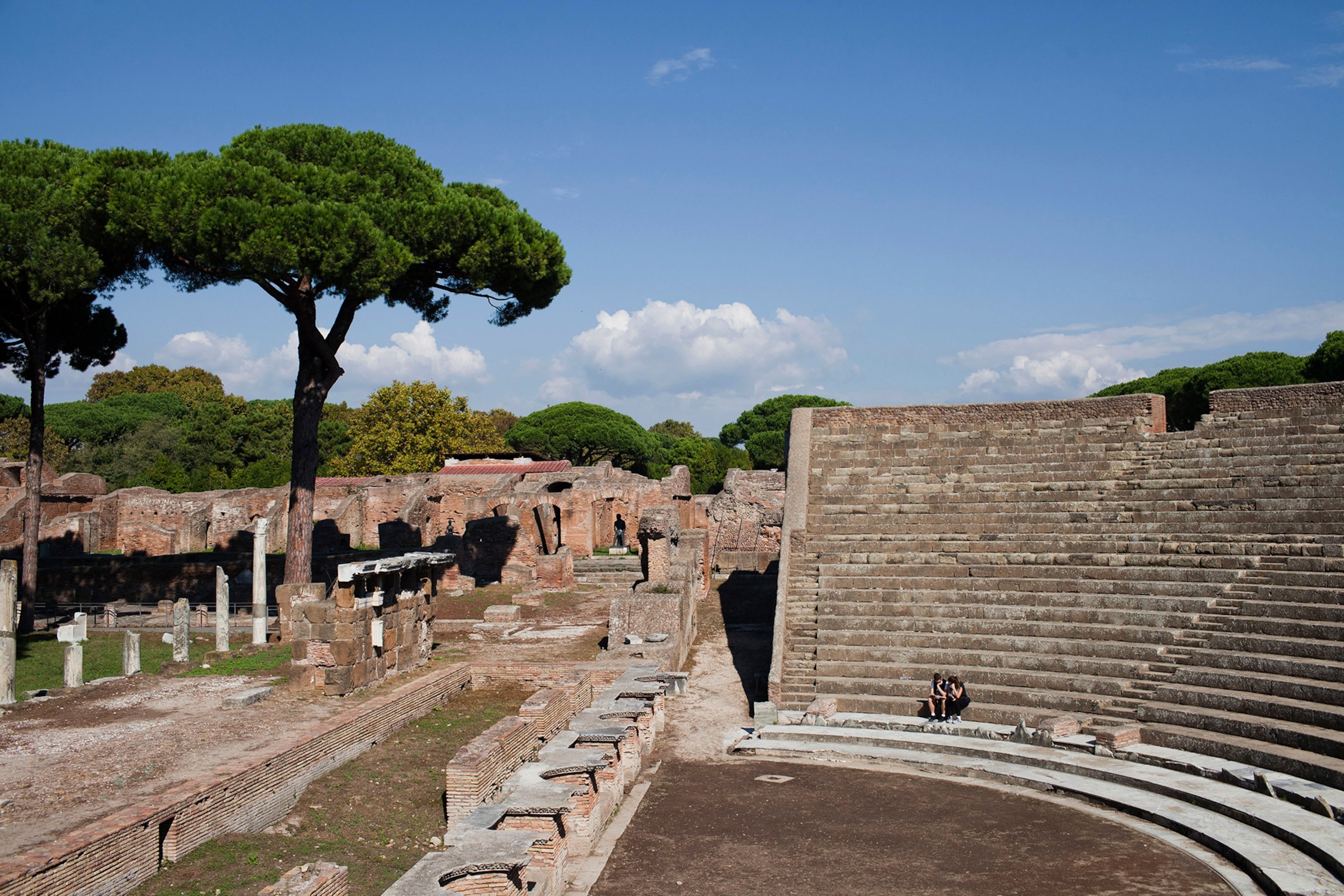
Trip tips: The ruins are easy to access from Rome. Take the metro (line B) to the city’s Piramide station, in the Ostiense neighborhood. Next door is the Porta San Paolo station, where you can hop on the Roma-Lido commuter train (with several departures each hour). A standard train ticket (less than $2) covers the 25-minute ride to Ostia Antica station, at which point you can follow signs (and the crowd) on foot to the ancient port ruins. Nearby, visitors can explore the Portus ruins and the 15th-century Castle of Pope Julius II, which once housed prisoners charged with excavating Ostia Antica.
Egypt
North of Luxor, the Hathor temple, dating from the Ptolemaic period, honors the namesake sky goddess. Over centuries, soot collected on the ceiling, but in recent decades, conservationists have uncovered lavish paintings. “You can see how vibrant the temple would have been,” Parcak says. (Learn more about the temple that honors the Egyptian queen who ruled as king.)
Trip tips: Arrange a guided day trip from Luxor. Consider hiring a local Egyptologist if possible to serve as your escort. Or choose to explore Egypt on a multiday tour that includes Hathor, such as National Geographic Expedition’s 11-day river cruise down the Nile, from Luxor to Aswân. Nora Shawki, a National Geographic expert and Egyptian archaeologist, illuminates the temple’s colorful hieroglyphs.
- National Geographic Expeditions



